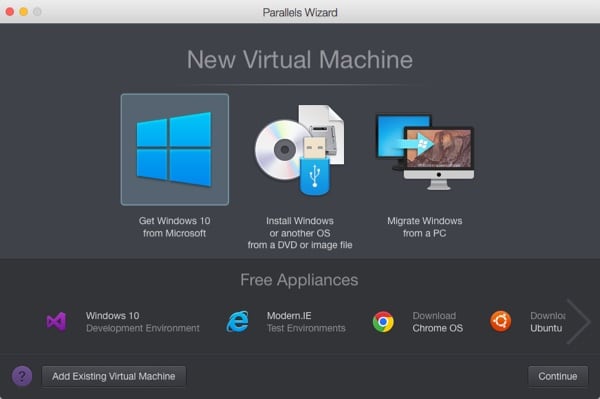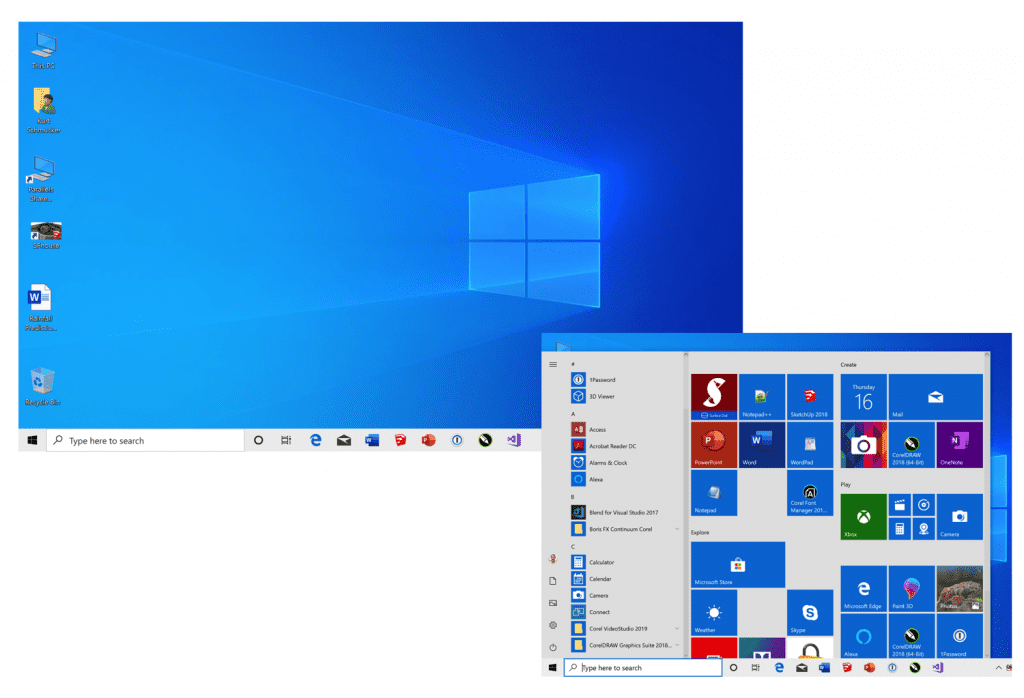
That being said, download the driver, apply it on your system, and enjoy your newly updated graphics card.

Therefore, get the package (extract it if necessary), run the setup, follow the on-screen instructions for a complete and successful installation, and make sure you reboot the system so that the changes take effect. When it comes to applying this release, the installation steps should be a breeze, as each manufacturer tries to make them as easy as possible so that each user can update the GPU on their own and with minimum risks (however, check to see if this download supports your graphics chipset). It can improve the overall graphics experience and performance in either games or various engineering software applications, include support for newly developed technologies, add compatibility with newer GPU chipsets, or resolve different problems that might have been encountered. While installing the graphics driver allows the system to properly recognize the chipset and the card manufacturer, updating the video driver can bring about various changes. Choose to select the location of the new driver manually and browse to the folder where you downloaded the driver. Right click on the hardware device you wish to update and choose Update Driver Softwareģ.

Go to Device Manager (right click on My Computer, choose Manage and then find Device Manager in the left panel)Ģ. In order to manually update your driver, follow the steps below (the next steps):ġ.

I don't use Chrome (except for one client who insists on it) but it's noticeable faster than Safari.The package provides the installation files for Parallels Display Adapter (WDDM) Driver version 5.0. I second the suggestion to use Microsoft Remote Desktop instead of the browser version. I plan on using this VM extensively during the next couple of months to see if it's a real alternative and I can drop Parallels all together. I guess programs that put a heavier burden on the system will slow the VM down, but that's no issue for me (luckily). I plan on getting one of the new MacBook Pro 14' with Apple Silicon when they are released and for me it's reassuring that I don't depend on Parallels (and Windows 10 ARM) to get it working on M1. I have to use Windows for some work software but they are rather light so don't burden the system too much.

It's a bit slower than Parallels on my Mac, and of course it's not as integrated as Parallels is (and since iCloud for Windows isn't that great, I use OneDrive for easy file transfer between VM and Mac, but for me it's workable. I installed a Windows 10 VM on my DS920+ with 20GB RAM using VMM.


 0 kommentar(er)
0 kommentar(er)
